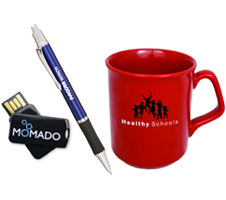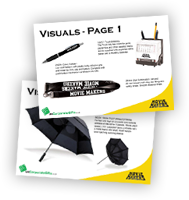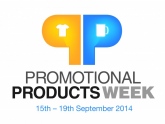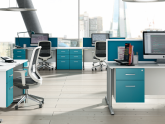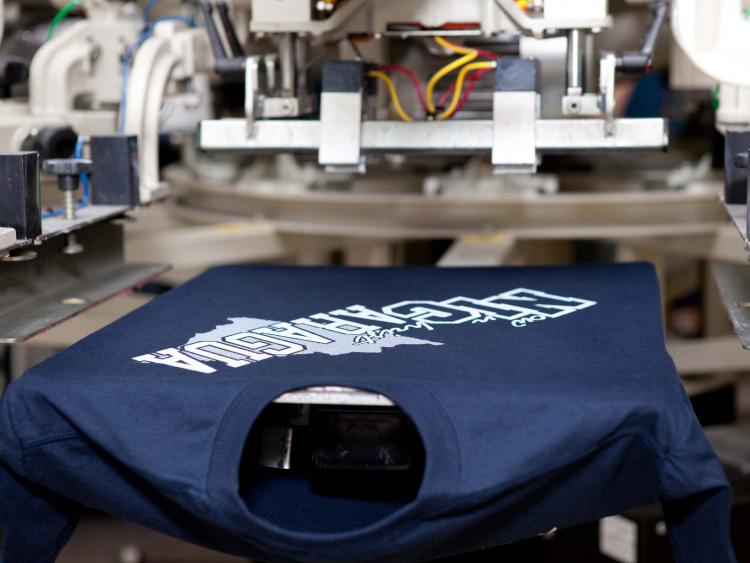
6 Printing Methods for Corporate Gifts Explained
Corporate gifts are a serious investment for your business, so it is important to be well-informed when choosing them. When searching for the right promotional product you might encounter terms that you’re unsure of, in which case you should read our previous blog on industry jargon. Or, you might simply want to know more about the processes involved in creating your perfect corporate gifts! If this is the case, read on to learn all about the different printing techniques that are used in the corporate gifts industry, including their benefits, disadvantages and the types of products they’re used on.
Screen Printing
 Also known as silkscreening, this printing method involves stencilling a design onto a printing surface. First, a screen is made by stretching a tight mesh of material over a frame. Areas of the mesh are blocked with a stencil and then ink is pulled through the unblocked areas using a scraping implement called a squeegee.
Also known as silkscreening, this printing method involves stencilling a design onto a printing surface. First, a screen is made by stretching a tight mesh of material over a frame. Areas of the mesh are blocked with a stencil and then ink is pulled through the unblocked areas using a scraping implement called a squeegee.
Different colours can be printed onto an object using this process, but they have to be done one by one and each colour has to dry before another can be printed in order to avoid the colours smudging. For this reason, screen printing is generally used to print simple, cartoon-style images of 4 colours or less and is not for complex designs or half-tones.
The limitations of this process mean that it is typically a low-budget option that works well for large, bulk orders, as screen printers can print several thousands of items a day. Many materials can be printed using this method, including textiles, wood, paper, ceramics or plastics.
Transfer Printing
This method, as its name suggests, works by printing a design onto an intermediary surface such as plastic film or paper. This surface is then applied to the final product, after which pressure, heat or an alternative treatment is used to transfer the design onto the product.
This process can be carried out mechanically, but with curved items like mugs the transfers are applied by hand to the products, making it a longer, more laborious process than screen printing. However, it allows for colours to be printed and built up with greater precision, so can be used for more complex designs than screen printing.
Transfer printing is also used when larger than average print is needed, the item is an unusual shape, and when very fine detail or tight registration is required. Many bags, including beach and makeup varieties, are printed with this technique, as well as stress toys and keyrings.
Tampo / Pad Printing

Tampography or pad printing can transfer a 2D image onto a 3D object and is especially useful for printing objects that are difficult to print by any other method, such as those with rounded, uneven or slanted surfaces.
It is called pad printing because a silicone pad is used to transfer the design onto the printing object. The unique properties of the silicone pad enable it to pick up the image from a flat surface and transfer it to a variety of different levelled surfaces. However, the choice of colours is limited in pad printing, as inks cannot be so easily mixed during this process.
Pad printing can be used on many different materials including tin, plastic, cardboard, leather and paper, and is used on fridge magnets, keyrings, magnets and other items.
Offset / Litho Printing
With this printing method the design is transferred, or ‘offset’, from a plate to a rubber blanket and then onto the printing surface.
One of the main characteristics of offset printing is that the image and non-image areas are on the same surface level. This is because the printing method is adapted from the old method of lithography, which is based on the fact that water and oil do not mix, hence the name ‘litho printing’. In offset / litho printing, water is transferred onto the non-image surface and oil onto the image surface, allowing for a perfectly level-surfaced product.
This method is most commonly used for books, magazines and glossy brochures, but mouse-mats, calendars and notepads are also printed this way.
Digital Printing

In digital printing an image is printed directly to a specially coated paper in process colour, using technology similar to an office laser printer. This is then cover-coated, becoming a transfer which is applied to the printing surface.
As with full colour printing, there are limitations on the strengths of reds and pinks but, with pastels and citrus shades, the results are very high quality. Because the inks are a natural product, perfect colour matching cannot be achieved on repeat orders and it is not possible to match the primary colour chart, but the technique is excellent for photographic reproduction.
Digital printing is used to print materials such as photo paper, glass, marble and canvas, and on all kinds of items including keyrings, coasters, note pads and pens.
If you have any questions about any of the printing techniques discussed here, please feel free to contact one of our corporate gifts experts on 01204 577 995 - we are always happy to talk about promotional gifts! However, this broad overview should be all you need to choose your corporate gifts with confidence, as we, the experts, will always ensure that the right printing process is used for your needs. Whether you choose coasters, frisbees, rucksacks, diaries or any other gift, we will print it to the highest standard.
Talk to Us
»
01204 577 995
info@UKCorporateGifts.co.uk








